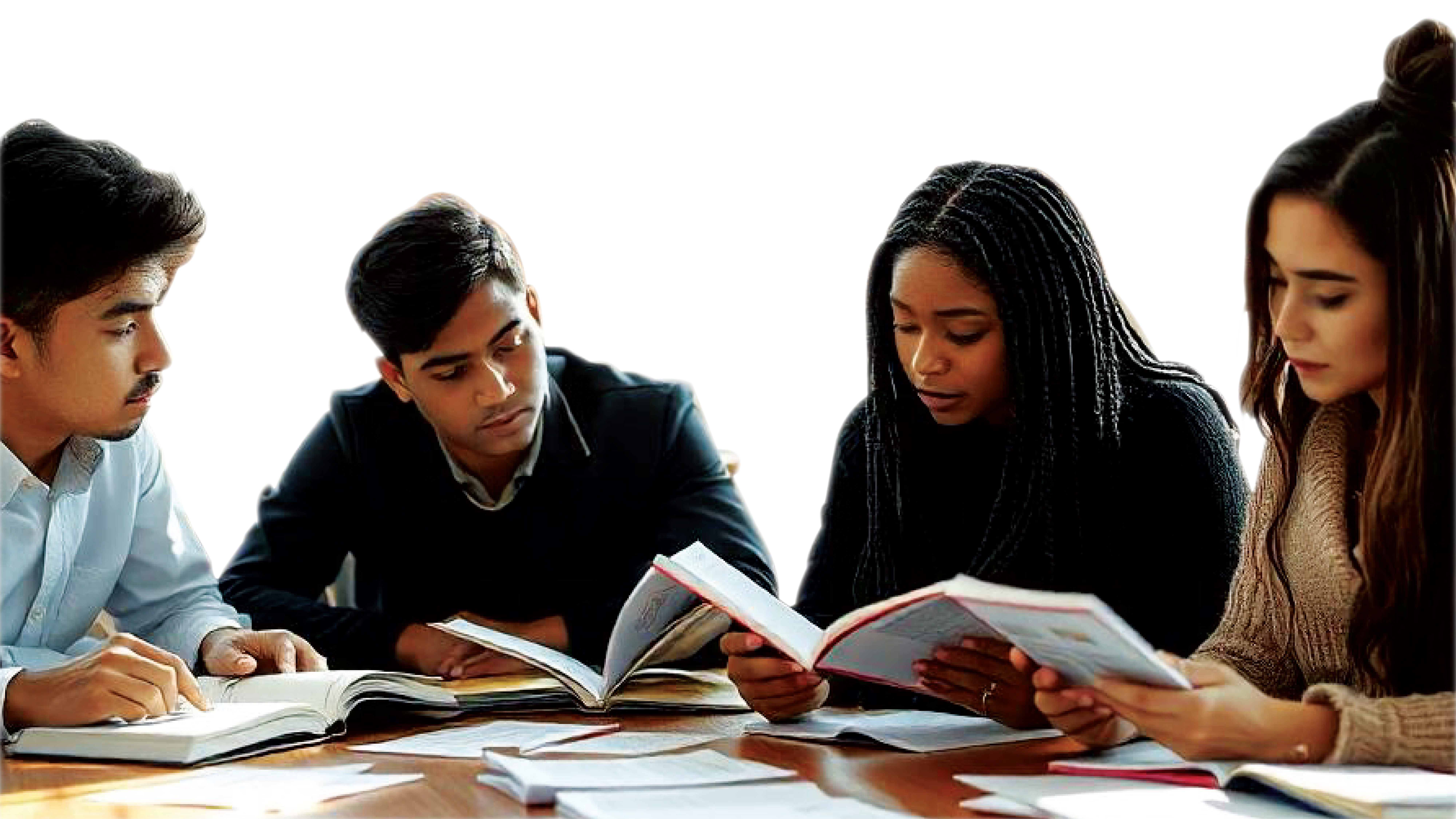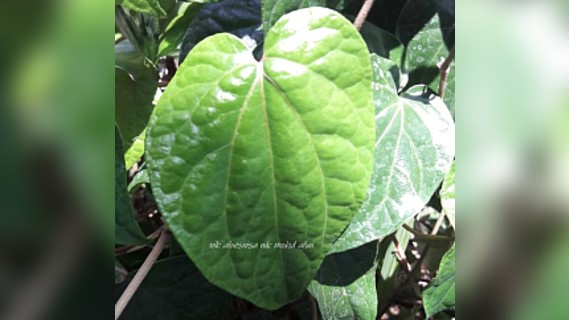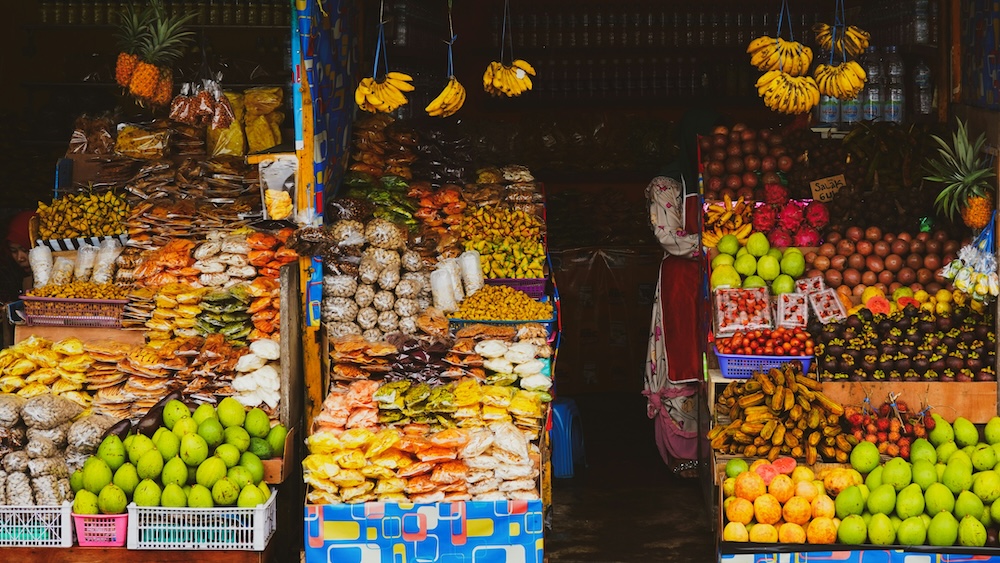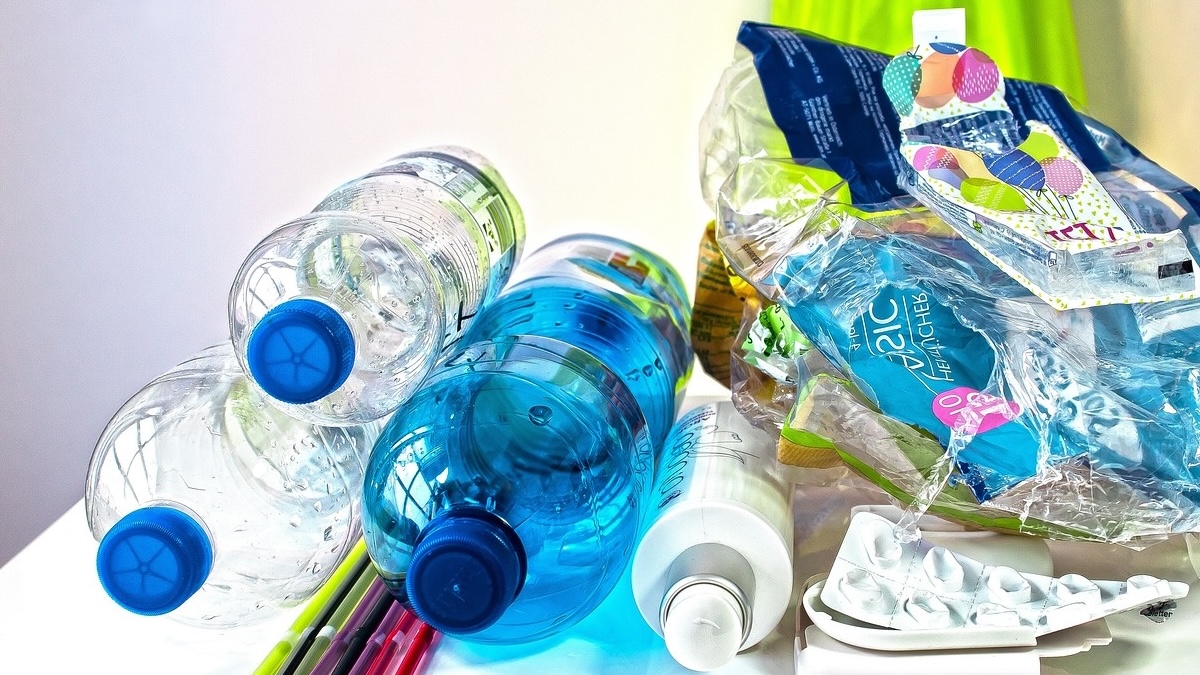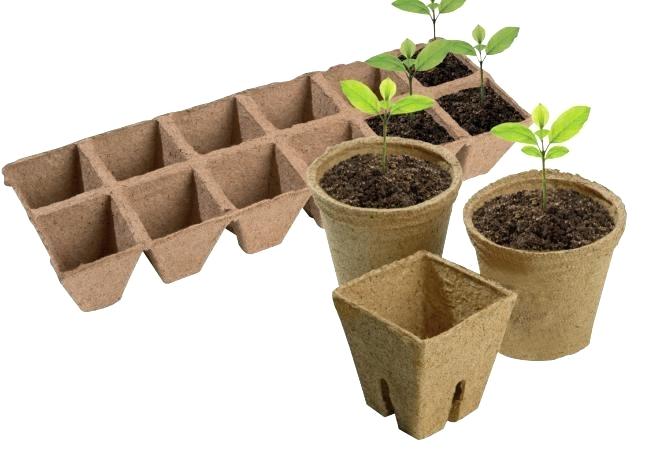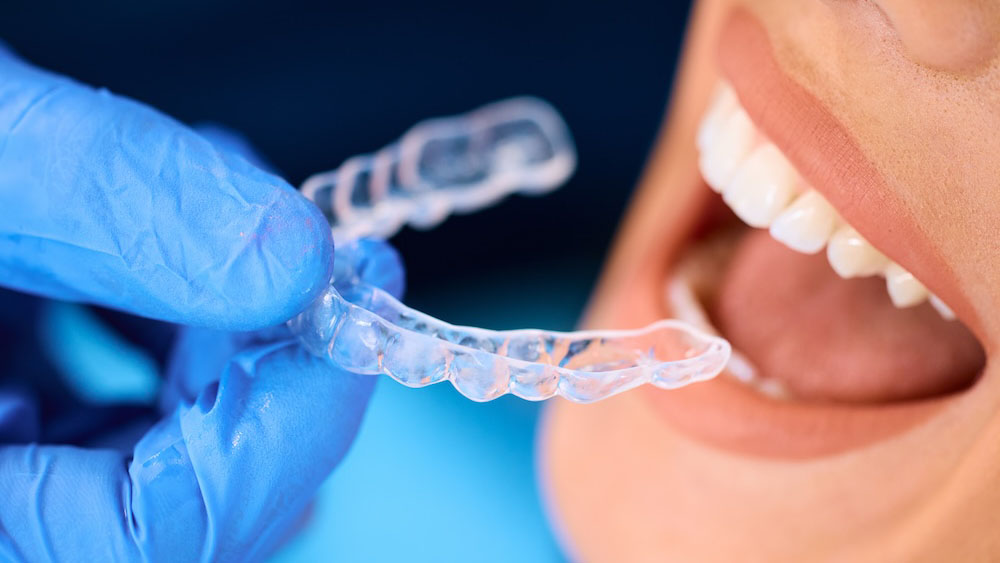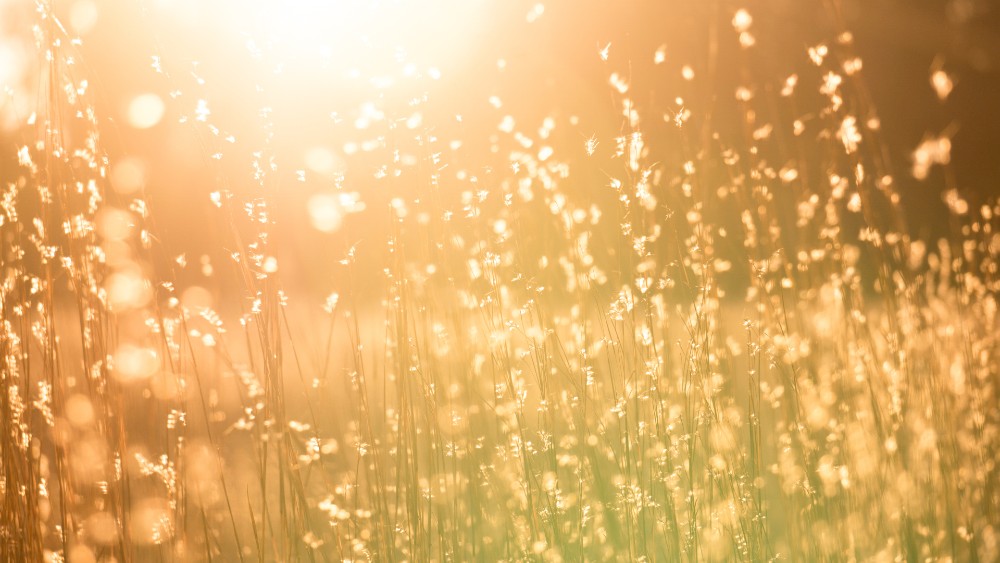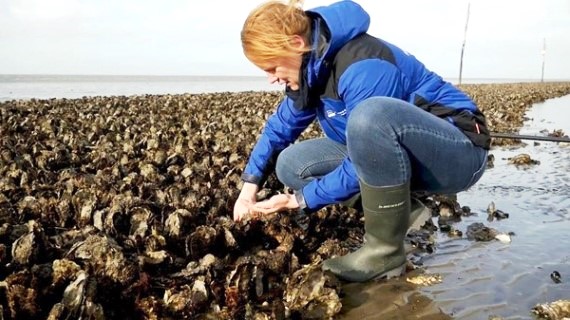WHILE most of us know that fish contains a high protein content, it is however difficult to imagine that protein in fish waste could be a “starter fodder” to produce bioplastics.
The idea of deriving plastics from fish protein first begins with unravelling the protein’s structure.
Dr Ku Marsilla Ku Ishak, a lecturer from Polymer Program at School of Materials and Mineral Resources Engineering, Universiti Sains Malaysia has developed a bioplastic derived from fish waste, offering an attractive material for “agricultural single use products” such as planting pots and seedling trays.
These pots are not only sustainable, renewable and biodegradable, they have an added feature: Once the pot is put into the soil, it degrades and releases nitrogen to the soil’s ecosystem, acting as a self-release fertiliser.
The process of making bioplastic from fish waste is not overly complicated and is based on using “different recipes” of protein denaturants and plasticizers, which are then moulded into different shapes.
According to Ku Marsilla, the most appropriate way to produce protein from fish waste is to gather fish waste from food processing industries.
Malaysia is a popular fish-eating nation with varieties of fish menu such as keropok lekor, laksa, sardine as well as fish products such as fish ball, fish cake and fish crackers – hence, the country yields a ready supply of fish waste.
Waste by-products obtained from processing these fish-food delicacies if not discarded well will end up polluting our landfills, rivers and eventually our oceans, says Ku Marsilla.
Ku Marsilla's research mainly focuses on improving mechanical properties and processability of fish bioplastics.
She said the challenges are to find the suitable formulations and processing conditions to control crosslinking, aggregation and reducing hydrophobic bonding between chains.
The protein structure needs to be mobile for the chains to unravel, disassociate and align at the perfect time and temperature.
These intermolecular bondings are influenced by the presence of 20 amino acid types in protein, each with different side groups that could fold into four different structural arrangements.
Proteins are only marginally stable at best when the folded conformations are balanced by many interactions between amino acids.
To this extent it has been shown that fish waste can also be blended with other biodegradable polyesters. By using appropriate compatibilisers, a product with exceptional ductility and strength, bioplastics can be produced.
Ku Marsilla also works on the usage of fish bone as an adsorbent to recover protein from food processing wastewater.


